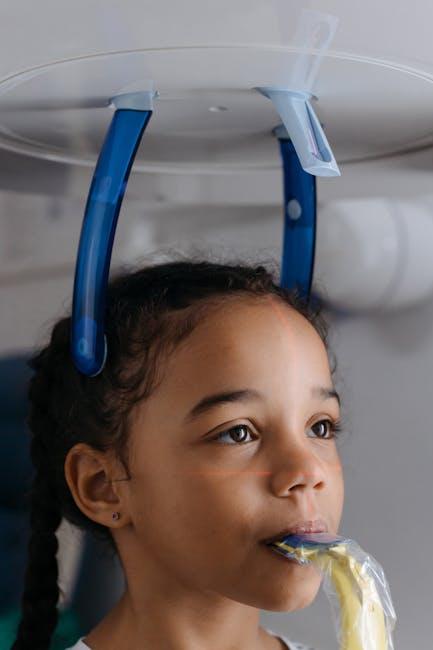Surge in Severe Pediatric Dental Issues Necessitates Dental Care under General Anesthesia and Innovative Therapies
In recent years, there has been a notable increase in severe pediatric dental issues, creating a pressing need for expanded treatment options that ensure young patients receive comprehensive and effective care. This trend has accelerated the adoption of dental care under general anesthesia (DGA) and cutting-edge therapies designed to improve outcomes while minimizing anxiety and discomfort. In this article, we’ll explore the factors driving this surge, discuss the benefits and safety of general anesthesia during pediatric dental procedures, and introduce innovative therapies transforming children’s oral health care.
Understanding the Surge in Severe Pediatric Dental Issues
Pediatric dental problems are becoming increasingly complex due to multiple factors including:
- Dietary changes: High sugar intake and processed foods contribute to rampant tooth decay.
- Limited oral hygiene awareness: Many children lack understanding or practice of proper brushing and flossing techniques.
- Socioeconomic disparities: Reduced access to regular dental care heightens risk.
- Early childhood caries (ECC): This aggressive form of decay affects infants and toddlers disproportionately.
- Behavioral and developmental conditions: Children with special needs often require tailored dental approaches due to cooperation challenges.
Why Dental Care Under General Anesthesia is Increasingly Necessary
Dental care under general anesthesia has become a vital solution for managing severe pediatric dental cases, especially when extensive work is required and conventional treatments are not feasible due to patient anxiety, limited cooperation, or complexity of the case.
Key Benefits of Dental Care Under General Anesthesia
- Comprehensive treatment in a single session: Multiple procedures can be completed safely at once, reducing repeat visits.
- Reduced trauma and anxiety: Children remain pain-free and unconscious, eliminating fears associated with dental visits.
- Improved treatment outcomes: Dentists can work more effectively without time constraints or patient movement.
- Enhanced safety protocols: Modern anesthetic techniques provide excellent control and monitoring for pediatric patients.
Innovative Therapies Revolutionizing Pediatric Dentistry
Alongside general anesthesia, several novel dental treatments are helping to minimize the progression of severe dental issues and improve the overall experience for young patients:
1. Silver Diamine Fluoride (SDF)
SDF is a non-invasive topical agent that arrests active tooth decay, especially useful for children who cannot tolerate conventional drilling.
2. Minimally Invasive Techniques
These include air abrasion, chemo-mechanical caries removal, and atraumatic restorative treatment (ART) aimed at preserving tooth structure and decreasing discomfort.
3. Sedation Dentistry Innovations
Light sedation options and customized sedation plans are implemented alongside general anesthesia to offer a spectrum of options tailored to children’s anxieties and medical needs.
4. Digital Imaging and Guided Therapies
Advanced imaging technologies allow for precise diagnosis and treatment planning, reducing procedure times and improving accuracy.
Case Study: Successful Use of General Anesthesia in Managing Severe Pediatric Dental Decay
| Patient Profile | Treatment Details | Outcome |
|---|---|---|
| 4-year-old with Severe ECC, Non-cooperative | Full-mouth restoration under general anesthesia including fillings, extractions, and fluoride varnishes | Restored oral function, pain elimination, and positive behavior in subsequent visits |
| 7-year-old with Autism Spectrum Disorder | Comprehensive dental cleaning and sealants with sedation and GA as needed | Improved dental health, reduced anxiety, caregiver satisfaction |
Practical Tips for Parents and Caregivers to Prevent Severe Pediatric Dental Issues
- Begin oral hygiene as soon as the first tooth appears, using age-appropriate toothbrushes and fluoride toothpaste.
- Limit sugary snacks and drinks, and promote balanced nutrition.
- Schedule early and regular dental visits by age one or six months after the first tooth eruption.
- Encourage positive dental experiences by using child-friendly language and visiting the dentist regularly.
- Discuss behavioral strategies with your pediatric dentist if your child experiences dental anxiety or difficulty cooperating.
Conclusion: Elevating Pediatric Dental Care Amid Growing Challenges
The surge in severe pediatric dental issues demands a proactive and comprehensive approach to treatment. Dental care under general anesthesia has become an indispensable tool in effectively managing complex cases, especially for young children and those with special needs. Coupled with innovative therapies and advancements in dental technology, these approaches help reduce the physical and emotional burden of dental disease.
Parents, caregivers, and dental professionals must collaborate to emphasize early prevention, timely interventions, and the adoption of new treatment modalities to ensure every child enjoys a healthy and confident smile. With continued education, awareness, and clinical innovation, the pediatric dental community can meet these challenges head-on, improving long-term oral health outcomes for children everywhere.


